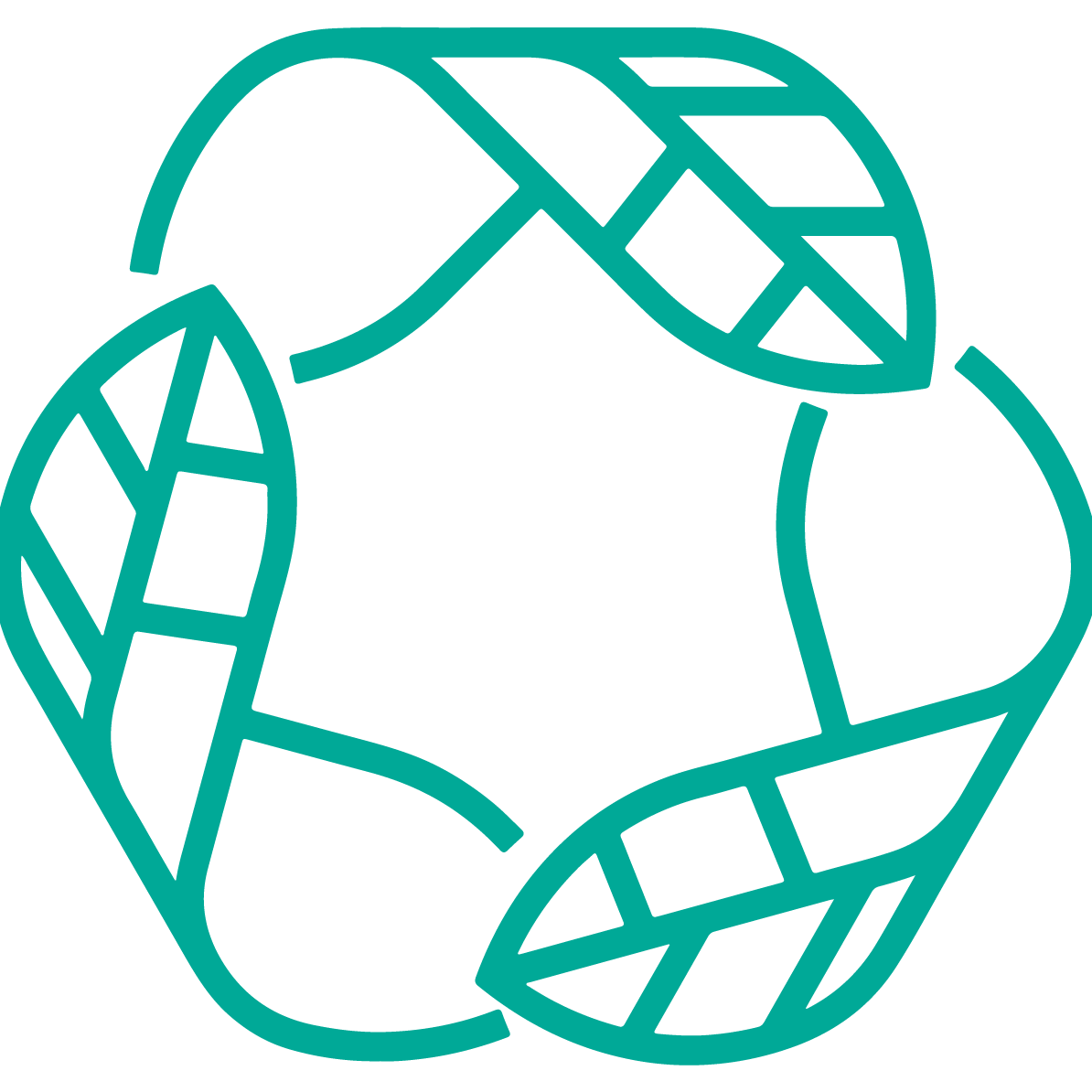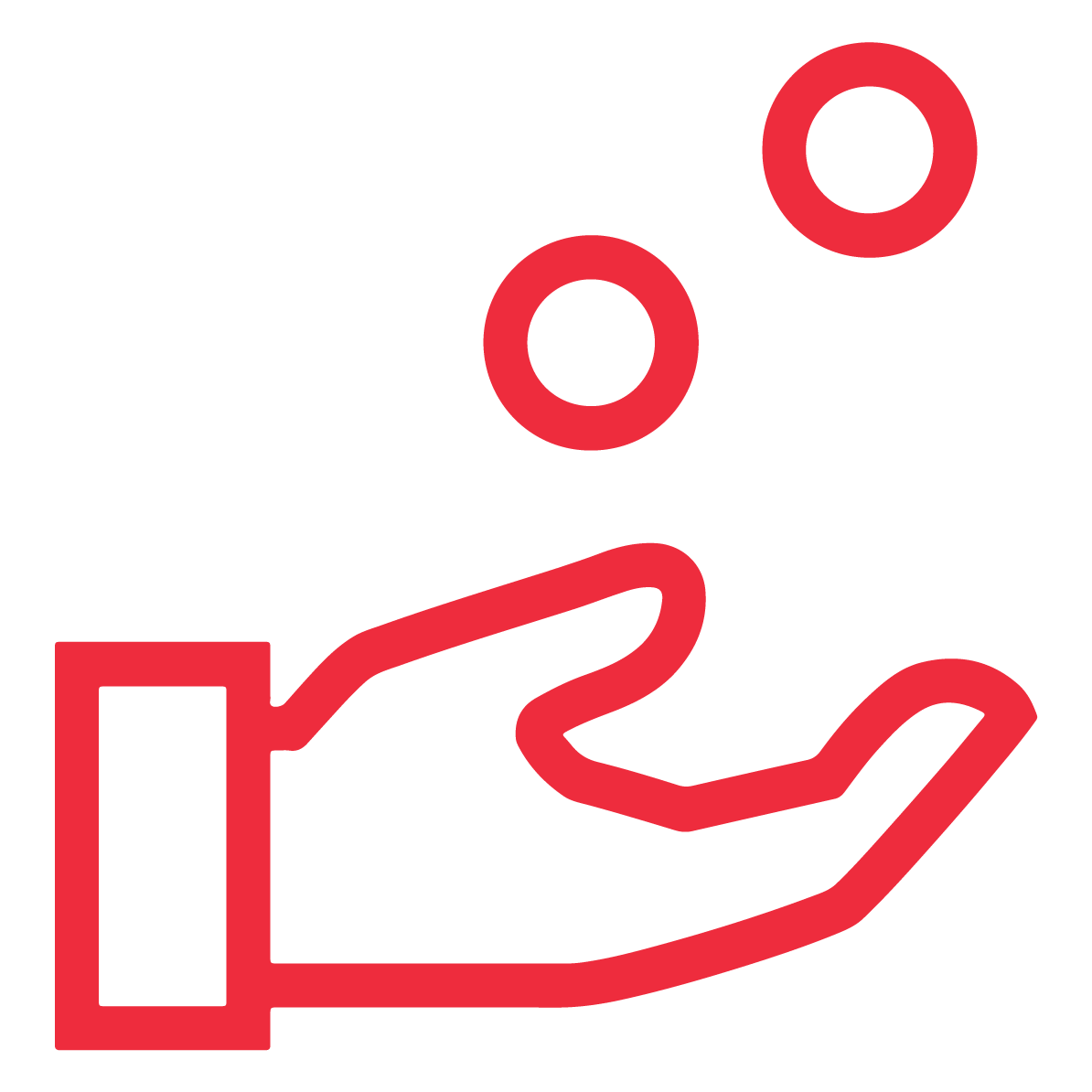Summary
The largest participation project with children and young people in Vienna’s history involved more than 22,000 young residents. The main objective was to create a cross-sectoral Children and Youth Strategy for Vienna based on the expertise and the realities of children and young people. Everyone between 4 and 19 years living in Vienna was invited to participate and - unlike other similar projects - they were truly free to set the agenda and decide on priorities.
Background and Objective
Through Werkstadt Junges Wien, we have developed a strategy with 193 specific measures in nine thematic areas, based on the expressed wishes, suggestions and priorities of children and young people. This strategy was agreed upon by the Vienna City Council and thus is a binding commitment for the whole city. The Viennese children and young people have commissioned the city government in this unique project to further improve the city according to their needs. Origins Scale: others: Neighborhood, Commune, District, Municipality and Province/Region In 2018, almost every fifth Viennese citizen was under 19 years old. Over the past 50 years, Vienna has developed from a shrinking and aging city into a young and growing one. It was about time to listen carefully to children and young people and ask them how they imagine the city in 20 or 50 years. In a growing city, where in 2019, 29.5% of the voting age population are not allowed to vote due to the lack of Austrian citizenship, it is crucial to create meaningful participation opportunities for everyone. Enabling children and young people to experience democracy in a positive, hands-on way by showing them that their opinions and ideas matter, creates a feeling of self-efficacy. Small-scale participation offers that are limited in time and content, such as micro-budgets for projects or local re-design processes of a playground, of course exist in Vienna. However, with Werkstadt Junges Wien the city is aiming for a more structural, long-term and large-scale approach. The objective is to put social inclusion of all children and young people living and growing up in Vienna at the heart of policy-making and city administration. The overall goal is to make Vienna the most child- and youth-friendly city in the world. This is an ambitious goal and we are lucky that so many of them showed their interest and, above all, readiness to contribute to reaching that aim. Looking at the wishes and concerns they raised, all residents of Vienna will benefit from the measures implemented through the Vienna Children and Youth Strategy. We have already seen one benefit of the process - we have experienced how much we as adults can learn from dialogue and collaboration. It did not only empower children and young people, it also empowered the city government and administration. At first, we wanted children and young people to think about their city, but in the end, the city is now thinking about children and young people. There is an entirely new awareness that goes beyond the conventional ideas of democracy. The innovative process (described further below) enabled children and young people of all age groups and backgrounds to connect to the process. In 1,309 workshops 22,581 children and young people freely articulated their ideas, which gave us the opportunity to raise enormous potential. 1,309 workshops with 22,581 children and young people were held by approximately 1,000 educators, youth workers, teachers and volunteers. By relying on existing relationships of trust, it was possible to include children and young people with diverse backgrounds. This result was achieved mainly through engaging all relevant stakeholders right from the beginning and entering into partnerships with kindergartens, schools, youth work, youth organisations, special needs interest groups and diverse departments of the city. Werkstadt Junges Wien had a budget for the development of facilitation material, the analysis of results and the production of strategy documents. But there was an immense amount of working hours invested by partners, who helped in promoting the process, facilitating workshops, reporting results, collecting measures for all nine topics and many other actions that supported this idea. Therefore, we can say that the Vienna Children and Youth Strategy was truly co-created by the whole city.
Outcomes and Impacts
We have developed a strategy with 193 specific measures in nine areas that were most important to children and young people. The strategy has been adopted by the Vienna City Council and thus is a binding commitment for the whole city. It provides a clear road map for improvements to be made in the coming 5 years. The process brought about a new awareness for the interests of children and young people in all parts of city administration. We are in the process of implementing a monitoring system for the 193 measures described in the strategy, which allows not only politicians but also children and young people to track progress – the diverse array of indicators among others ranges from the number of new water fountains to a more participatory culture in schools. The team of our coordination office will collect all relevant data and make it public in a child- and youth-friendly way. On top of the aforementioned monitoring system, we are installing a city children and youth parliament that will share the task of monitoring the implementation of the strategy with the city’s independent office of child and youth advocacy. Among the defined measures are some strategic instruments that further foster the continuous involvement of children and young people via youth mainstreaming, youth budgeting or youth advisory board systems for city departments. The consultation process was launched in February 2019 after holding extensive stakeholder interviews. A workshop concept was designed to ensure a child- and youth-friendly approach. All materials needed for the Werkstadt Junges Wien workshops were compiled in a tool box which also contained a facilitator’s guide. The tool box was provided to schools, kindergartens, after-school care clubs, socio-educational group homes, adult education facilities, youth organizations and other associations working with and for children and young people in Vienna. Yes, in terms of age - addressing only children and young people. Within the age cohort - no, it is explicitly meant for all children and young people living in all areas of Vienna. 1,309 workshops with 22,581 children and young people (51.7% male, 48.2% female, 0.1% other). 56 workshops for children and youth with disabilities 1,000 stakeholders participated actively as workshop facilitators 70 departments and enterprises of the city were involved All participants, their families, and their communities will benefit from the outcome and the measures undertaken to implement the strategy.
Sustainability and Scalability
The adopted Children and Youth Strategy contains measures that aim at the sustainability of the changes such as the children and youth mainstreaming procedure. Further efforts will include the development of a child and youth budgeting scheme and preparing practice guidance for reviewing all budget estimates on their relevance to children and young people.
Innovative Initiative
Werkstadt Junges Wien was a revolutionary initiative since it was the biggest participation project with children and young people in Vienna’s history. It was also the first time that children and young people not only could have their say, but were truly free to set the agenda and decide on priorities. Only after they made their choice, experts were invited to analyse and add on to the results. Strategy development processes often start with an expert outline, which participants can then comment. We started with the needs and wishes of the youngest residents, which was only possible because politicians were ready to give them the lead and accept the outcome. Vienna is for the first time bundling efforts from all policy areas, departments and enterprises of the city and aligning them with the shared vision of making the City of Vienna a better place for all children and young people who live in the city. Some Departments need to learn and gain experience on how to address younger target Groups. There certainly is also an evolutionary aspect to this project since Vienna aims at putting people in the centre of all policy development. Long-term plans such as the Smart City Wien Framework Strategy provide necessary guard rails for this development.
Conclusion
We would, of course, be delighted if other cities followed our example, and we are ready to share our learnings from the project and reflect on the shortcomings to support others who are interested in entering into such a dialogue with their youngest residents. Our educational material and the strategy itself are available in English and can be downloaded and used for free. We are currently telling our story in various settings and hope to inspire and encourage many like-minded cities. We think that all modern metropolises have to involve their citizens for creating innovative solutions – no matter what topic, age group or gender is to be discussed. It mainly needs political willingness and a good network across different institutions. Once that is ensured the method we used to address our target group can be replicated to other target groups.
Region
Europe and Central Asia
Award Scheme
Guangzhou Award
Themes
Youth & Livelihoods
Sustainable Development Goals
Goal 11 - Make cities and human settlements inclusive, safe, resilient and sustainable
Goal 16 - Promote peaceful and inclusive societies for sustainable development, provide access to justice for all and build effective, accountable and inclusive institutions at all levels
New Urban Agenda Commitments


